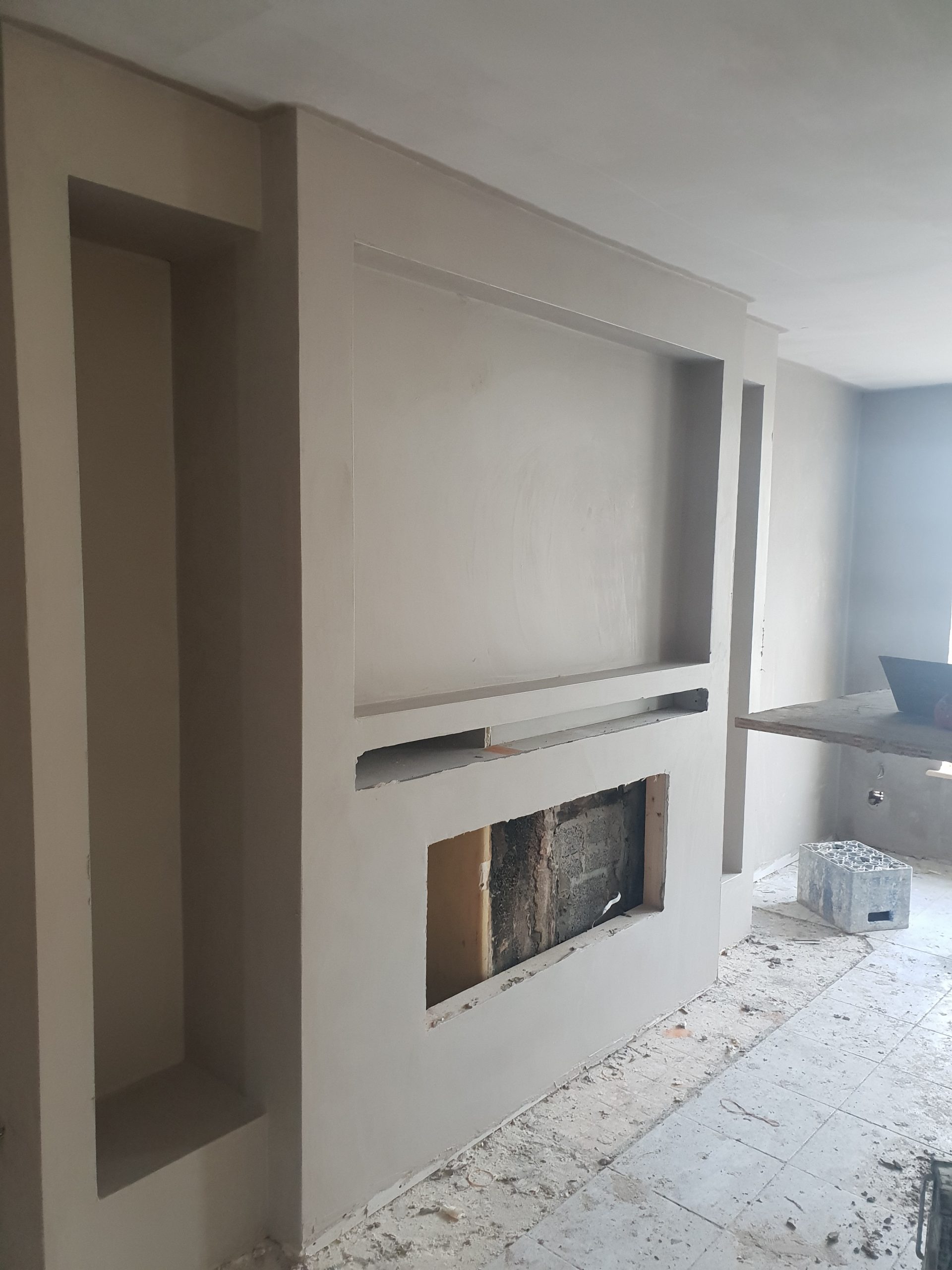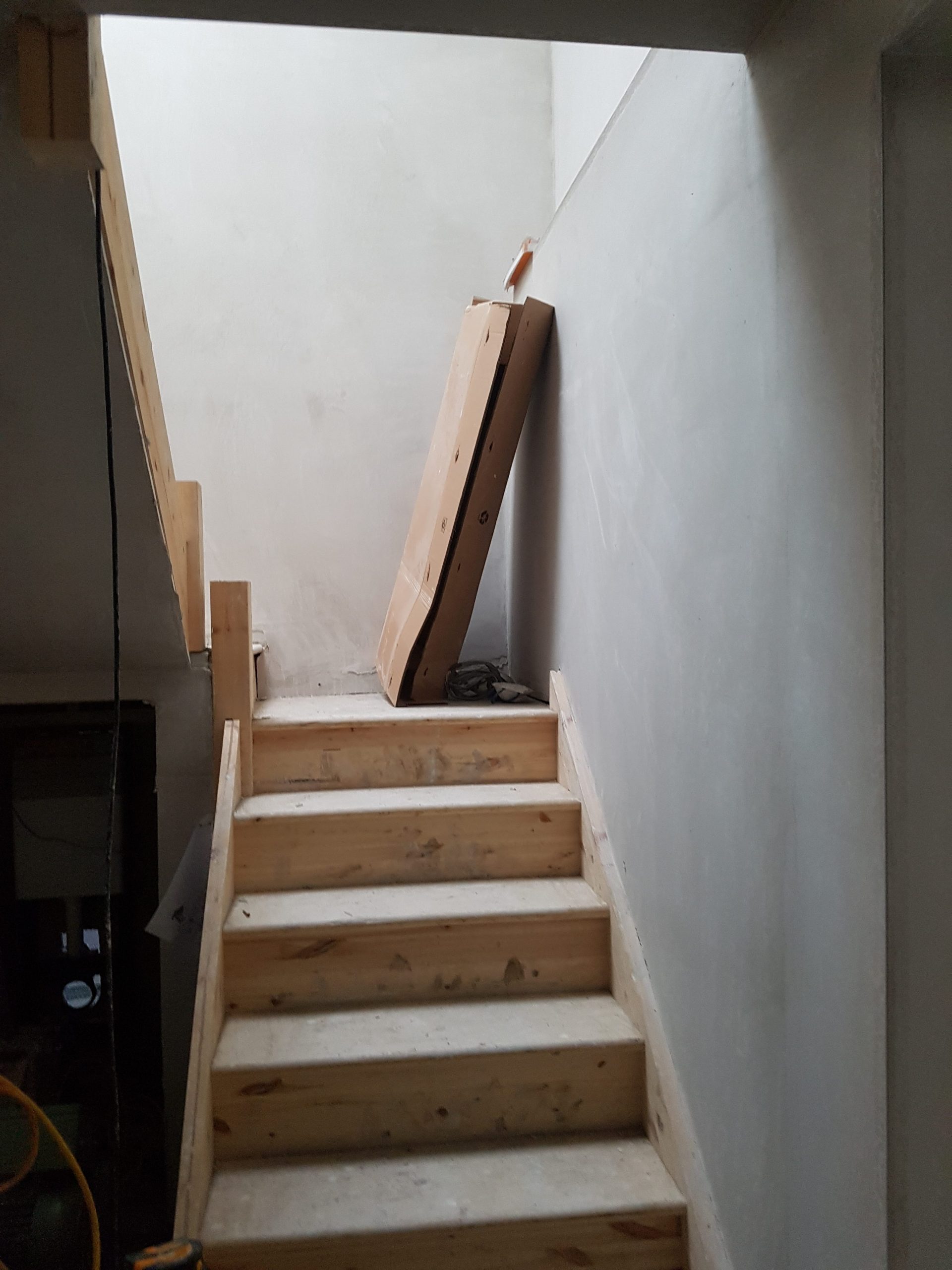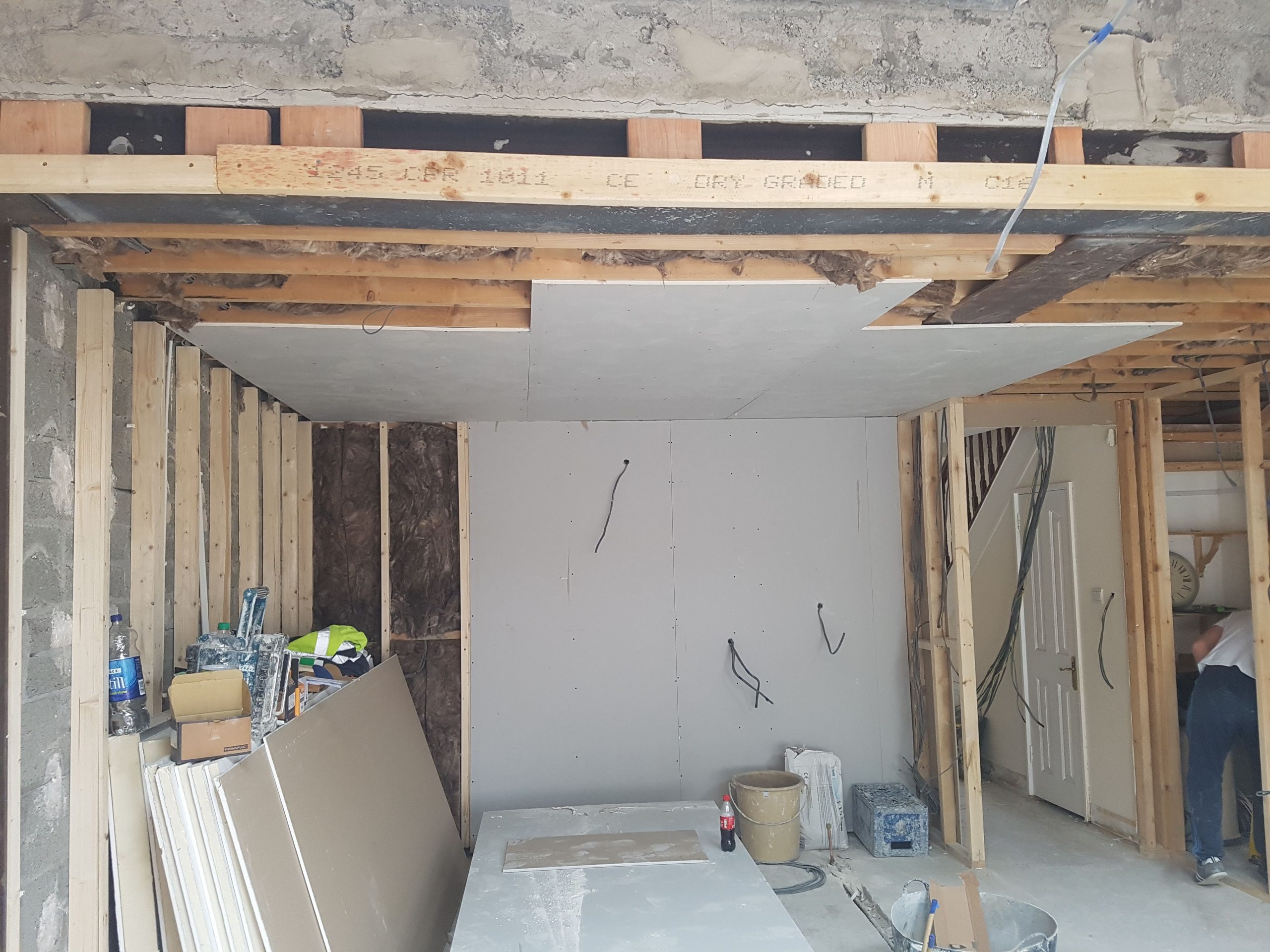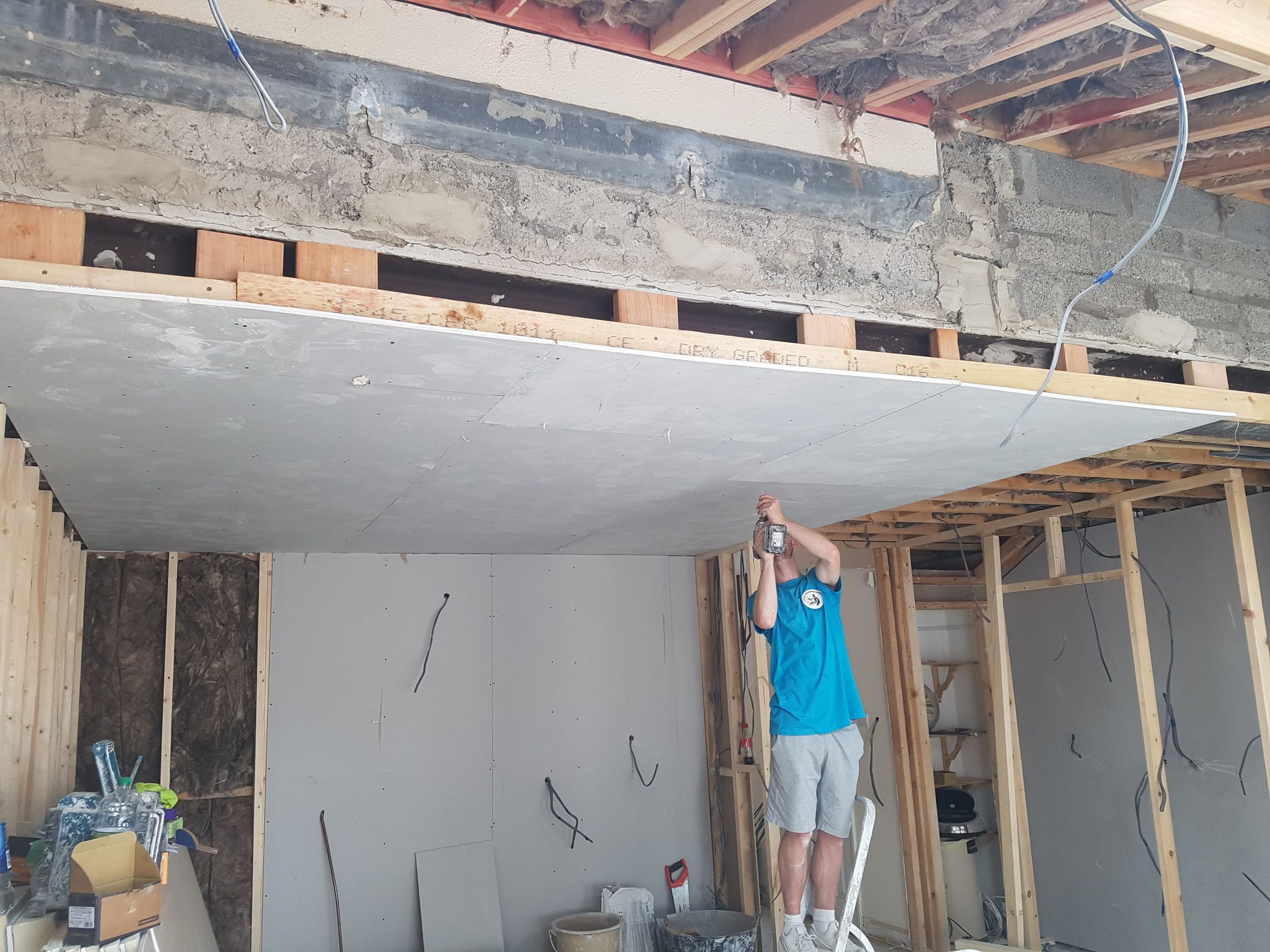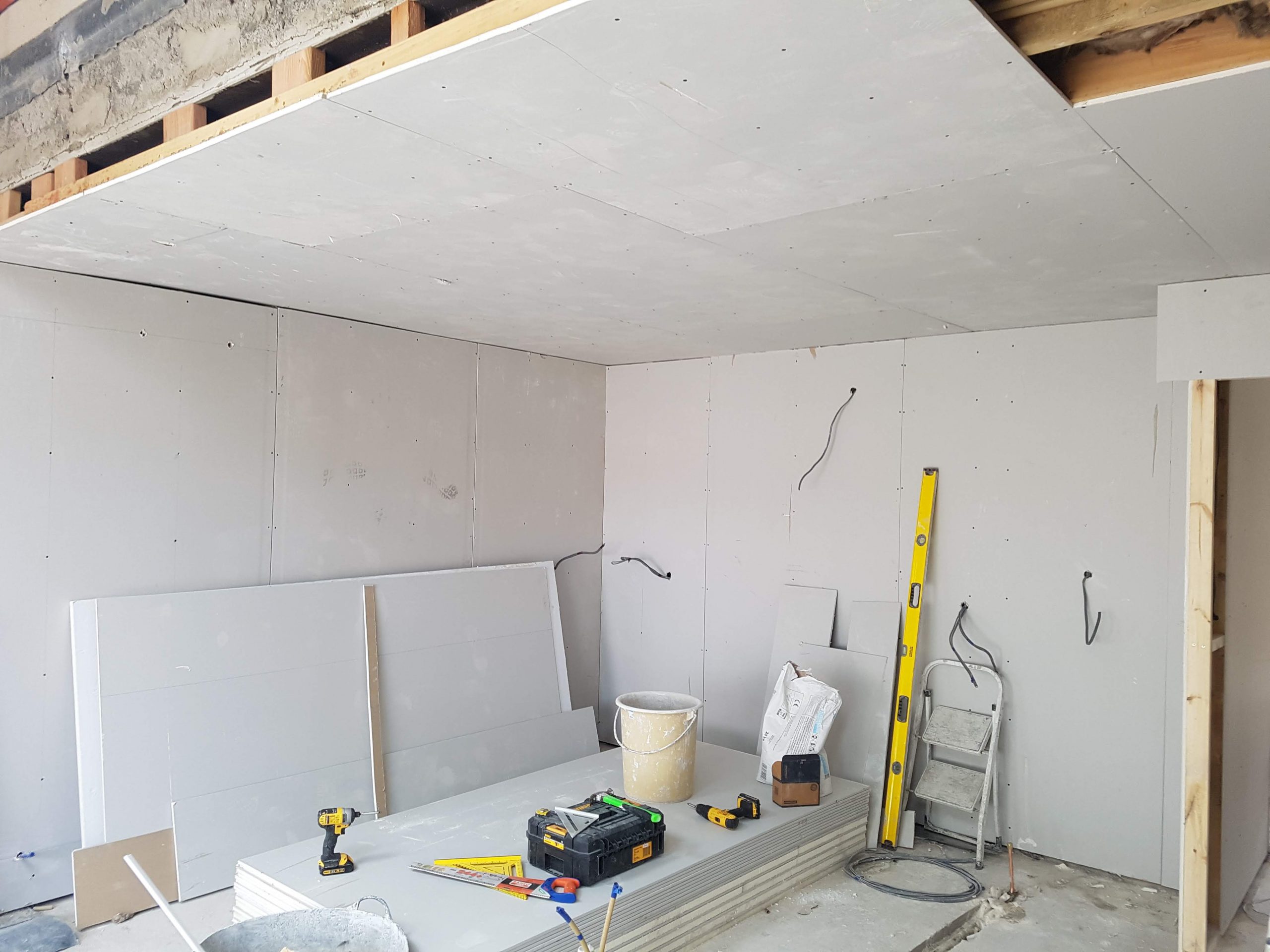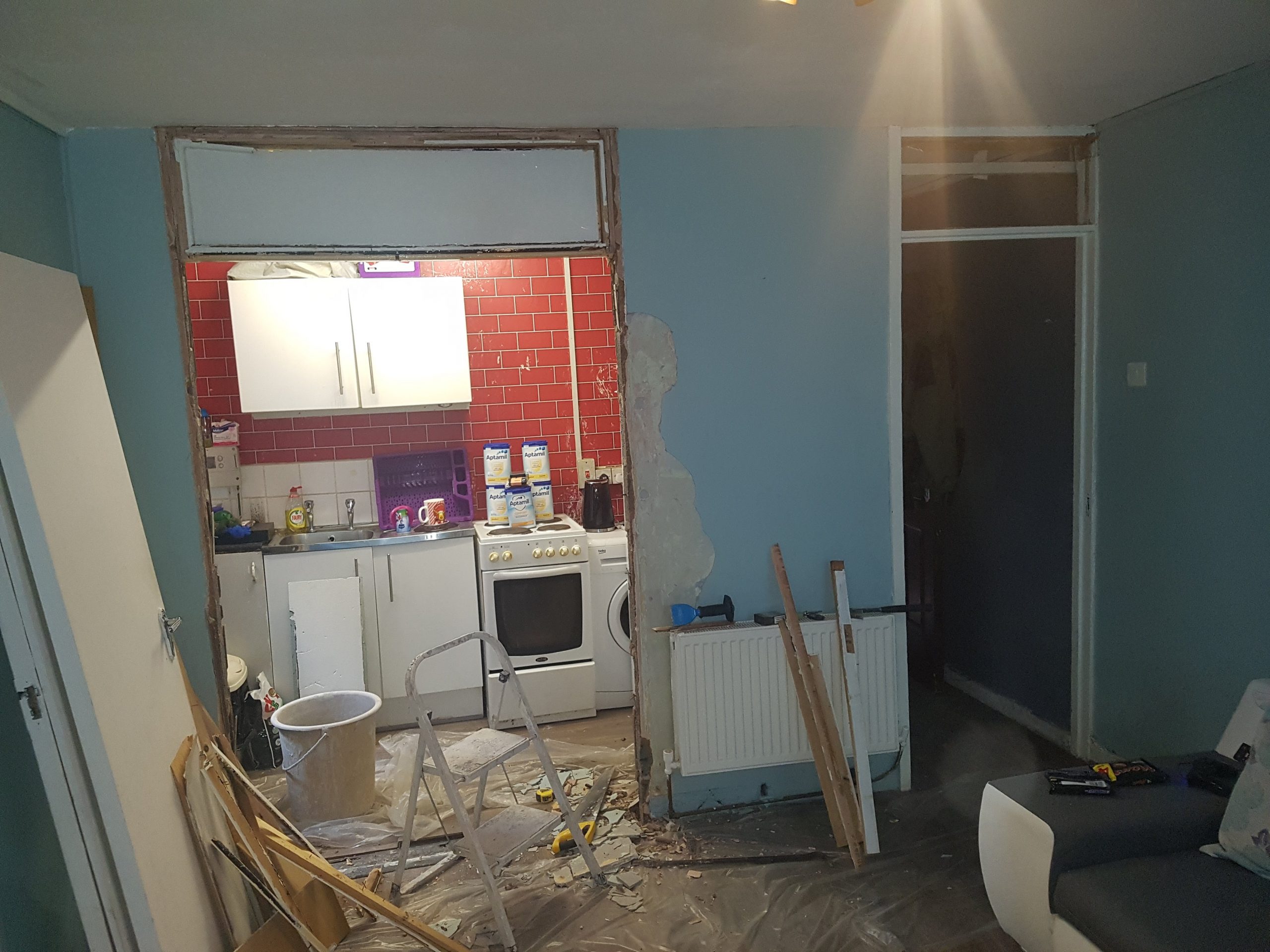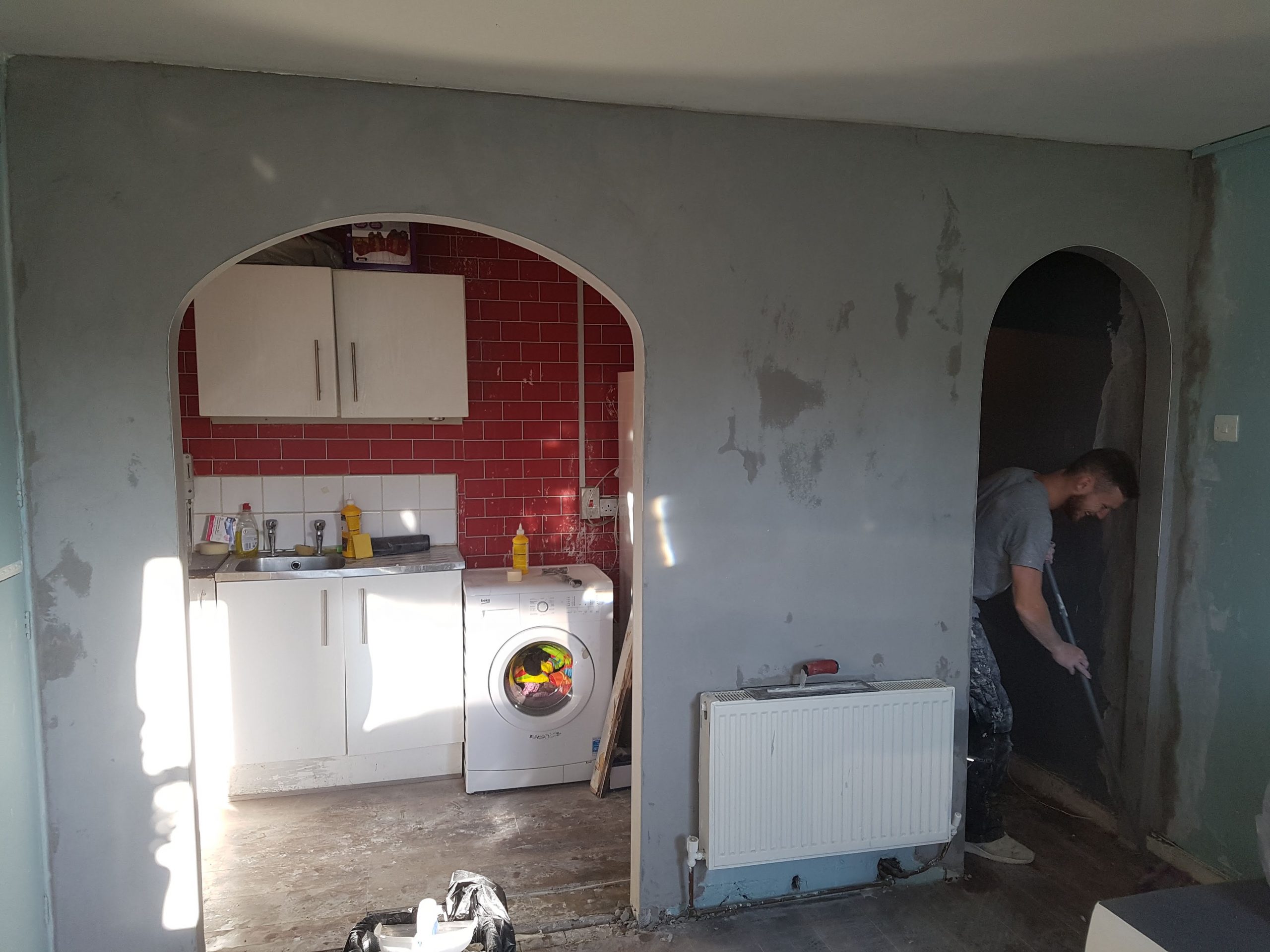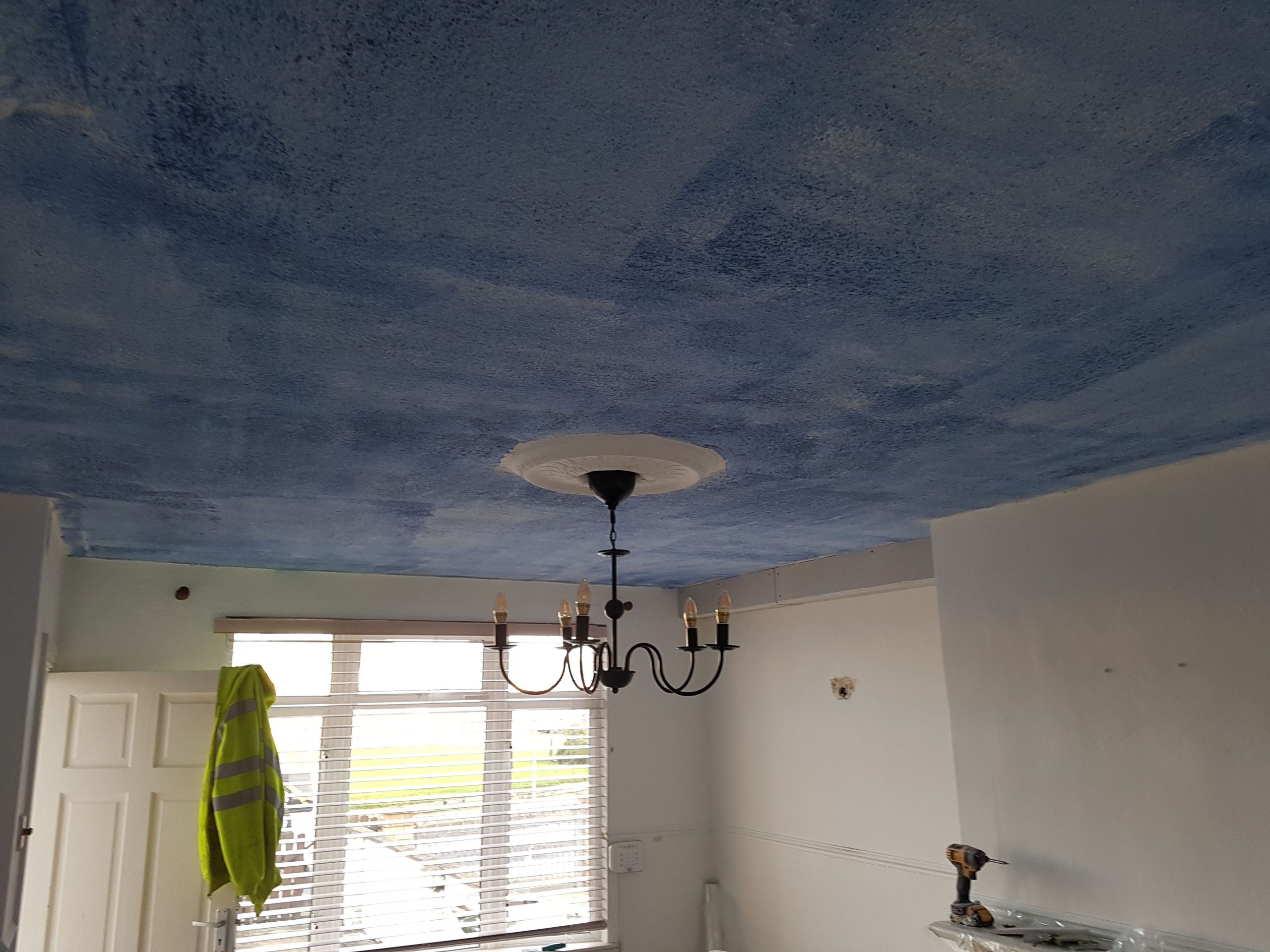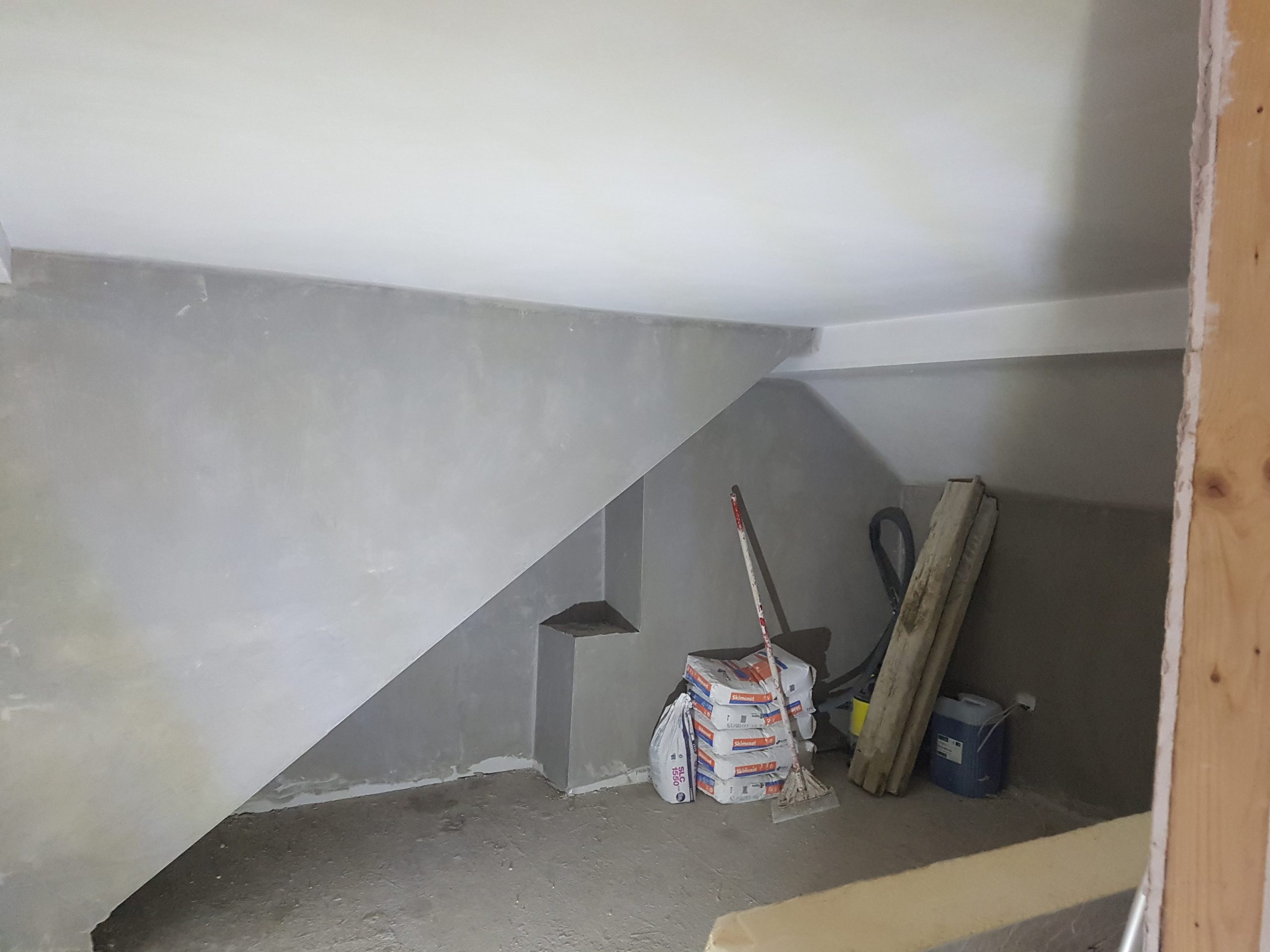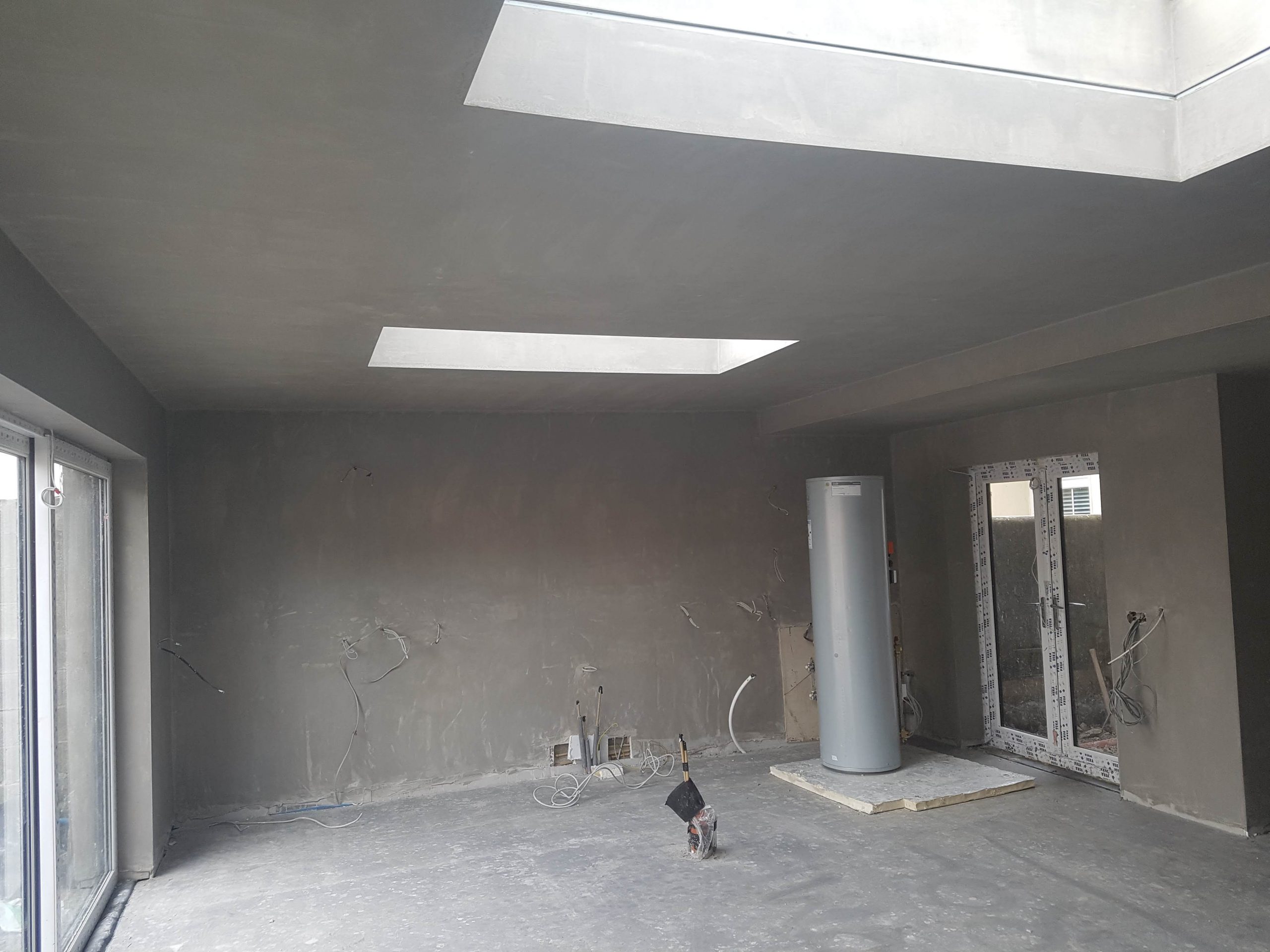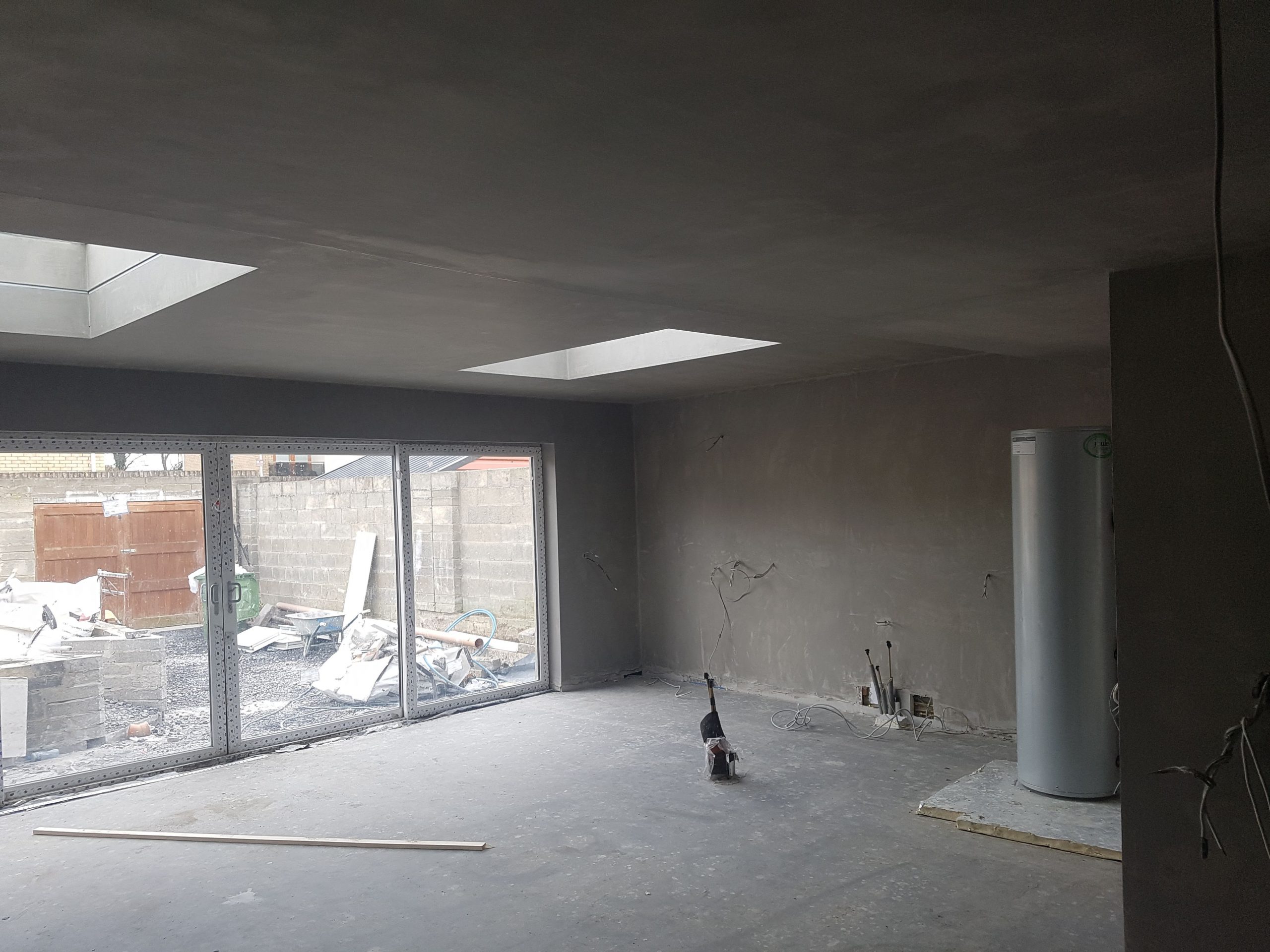Skimming & Dry Lining
Contact Us Today
Skimming & Dry Lining Services
What is Skimming in Plastering?
Skimming is a plastering technique which involves applying a thin coat to walls to create the smooth surface required for painting or decorating. Either the skim plaster is applied to an existing plaster finish, or it’s used to cover plasterboard. The ‘perfect skimmed finish’ isn’t easy to achieve, it requires a trained professional who has had years of experience as a plasterer.
How is Skimming Different to Plastering?
Traditional plastering is a long and complex process involving three different coats of plaster, all of which need time to dry before the next coat is applied. As deadlines have got tighter, and time has become more precious, plastering has adapted to meet new expectations. With only one coat of skim plaster to apply, the job of the plasterer can now be carried out in a fraction of the time once needed.
Is Skimming Always Necessary?
If an existing plaster wall is in good condition – smooth and without major cracks or chips – then you probably don’t need to have it skimmed. If you’ve attached plasterboard, or drylining you have the choice of either painting or decorating straight onto the board, or finishing with a layer of skim plaster. The skim tends to be favoured because it provides a superior finish, and it adds an extra layer of sound proofing.
The Process of Skimming Over Plasterboard
One of the advantages of using dry lining or plasterboard is that you can apply paint directly on to the surface without having to plaster, or wait for the skim coat to dry. The joints between the boards need to be taped and jointed however, to achieve a flat surface. The resulting finish is matte and rough, which is often the reason why clients decide they want a skim layer.
The skim plasterer will place scrim, or hessian, over the joints and then skim the entire surface, ensuring that the wall appears continuous, with no sign of the joints between the boards. The crucial difference is that a skimmed plasterboard wall will appear smooth and glossy. It’s a matter of taste, but for many clients this is a preferable finish.
The Function of Plaster
In the end, plastering a wall is all about creating a decorative surface that improves the durability of the structure, and conceals the original masonry. A skimmed wall will ‘finish’ a room and provide the appropriately prepared canvas for the colours and textures to be applied. It’s a traditional craft and one which many of our domestic clients rate very highly.
The Capital Plastering team take great pride in applying their professional skills both in period properties, and in new builds. The pleasure of seeing a newly finished wall, perfectly plastered and without blemish is one which never fades. Our Bedfordshire clients expect us to be perfectionists in all we do, and this is one very visible way that we can demonstrate our professionalism.
We offer domestic and commercial customers a range of plastering services including new ceilings, panelling, dry lining, and coving
Offering quality Plastering Services for over 10 years
We offer our services to all parts of Dublin and surrounding areas.



